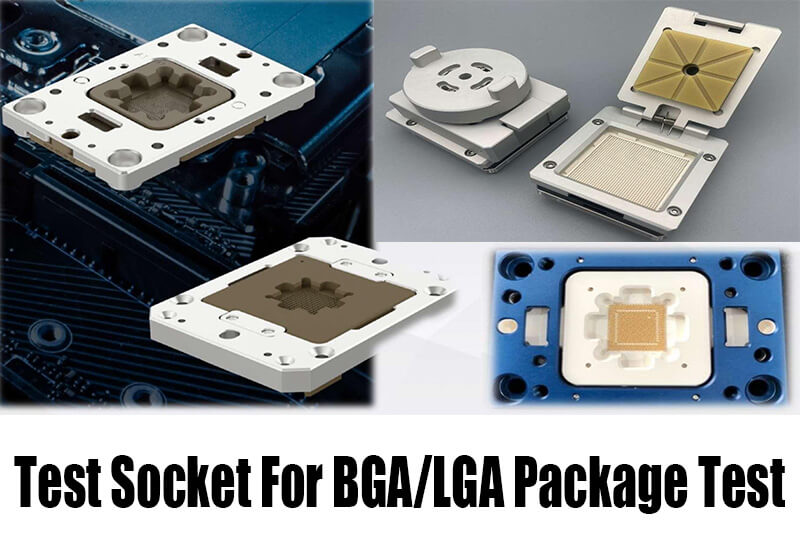CNC (computer numerical control) machining technology occupies an important position in modern manufacturing. In order to ensure the quality and accuracy of machined parts, the inspection process is crucial. The following are several commonly used inspection methods for CNC machined parts:
1. Visual inspection
Visual inspection is the most basic inspection method and is usually performed immediately after machining is completed. The operator visually checks whether the surface quality, shape and size of the part meet the requirements. Although this method is simple, it relies on the experience and skills of the inspector.
2. Dimension inspection
Dimension inspection is a key step to ensure that the part meets the design specifications. Commonly used tools include vernier calipers, micrometers, and height gauges. With these tools, the length, width, height, and diameter of the part can be accurately measured.
3. Coordinate measurement
The coordinate measuring machine (CMM) is a high-precision measuring device that can measure the geometry and size of parts in three-dimensional space. CMM contacts the surface of the part through a probe, obtains a large number of data points, and compares them with the CAD model to determine whether the part meets the design requirements.
4. Surface roughness inspection
Surface roughness directly affects the performance and life of the part. Using a surface roughness meter, the microscopic roughness of the surface of a part can be measured to evaluate its surface quality. Common surface roughness parameters include Ra (arithmetic mean roughness) and Rz (maximum height roughness).
5. Nondestructive testing
Nondestructive testing (NDT) technology is used to detect internal defects of parts without destroying the parts themselves. Common nondestructive testing methods include ultrasonic testing, X-ray testing, and magnetic particle testing. These methods can detect defects such as cracks, pores, and inclusions inside parts.
6. Functional testing
Functional testing is a performance test that simulates parts under actual working conditions. For example, gear parts need to undergo meshing tests to ensure that there is no jamming and abnormal noise during transmission. Through functional testing, it can be verified whether the parts meet the use requirements.
7. Statistical process control
Statistical process control (SPC) is a method of monitoring and controlling the production process through statistical methods. By statistically analyzing the data during the processing process, deviations can be discovered and corrected in a timely manner to ensure the stability and consistency of part quality.
Inspection of CNC machined parts is an important part of ensuring product quality. Through visual inspection, dimensional inspection, three-coordinate measurement, surface roughness inspection, non-destructive testing, functional inspection and statistical process control and other methods, the quality of parts can be comprehensively evaluated to ensure that they meet the design and use requirements.




